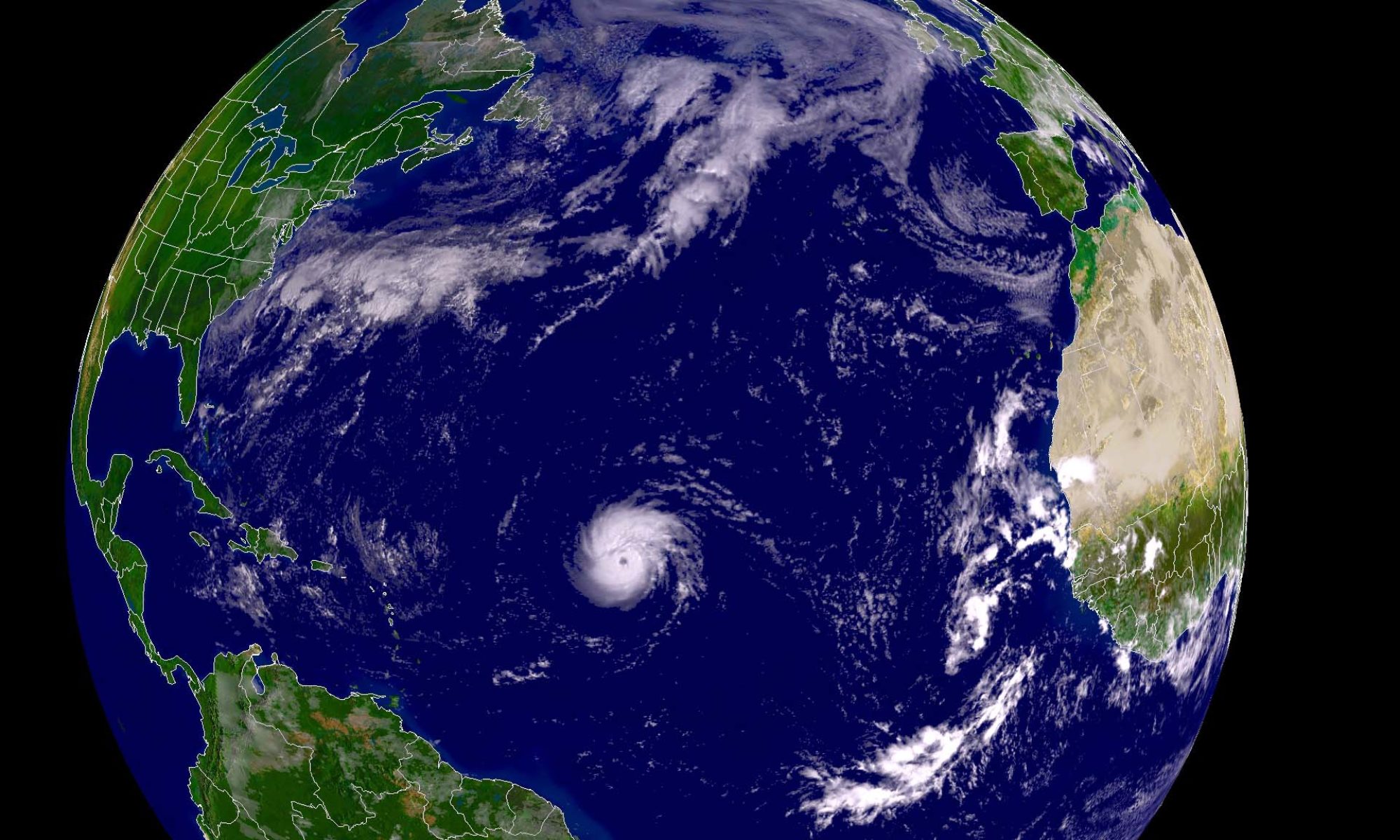Read in Japanese (日本語), Spanish, German, and French.
by Akio Matsumura
Please see this response from Jorge Zanelli, theoretical physicist and former head of a presidential commission to assess the nuclear option for Chile.
What if Mt. Fuji erupts? The question seems random and provocative, but it is one we should be asking.
The Great Tohoku Earthquake that caused the Fukushima nuclear power plants disaster in March 2011 has caused scientists to worry that Mt. Fuji could erupt in the next two years.
Several indicators – increased pressure in the magma chamber, receding lake water levels nearby, cracks in the crust – signal that the volcano, dormant for 300 years, has been affected by recent seismic activity (Japan Today). A study released July 27 by the National Institute of Advanced Industrial Science and Technology in Japan concluded that Mt. Fuji has erupted 43 times in total over the past 2,000 years, the Yomiuri Shimbun reported.
There is a strong precedent for large earthquakes (>M9.0) causing volcanic eruptions within three years:
- December 26, 2004 at Sumatra, Indonesia. Earthquake M9.2 –Talang Volcano erupted April 12, 2005. And Tangkuban Perahu at West Java, Indonesia erupted March 13, 2005.
- March 27, 1964 at Alaska, USA. Earthquake M9.2 – Redoubt Volcano erupted January 24, 1966.
- May 22, 1960 at Valdivia, Chile. Earthquake M9.5 – Cordon Caulle erupted May 24, 1960.
No one can predict with accuracy when an eruption will occur, but to ignore the possibility that an eruption might occur — whether in 1, 5, 20, or 100 years — is dangerous and irresponsible.… Continue reading



